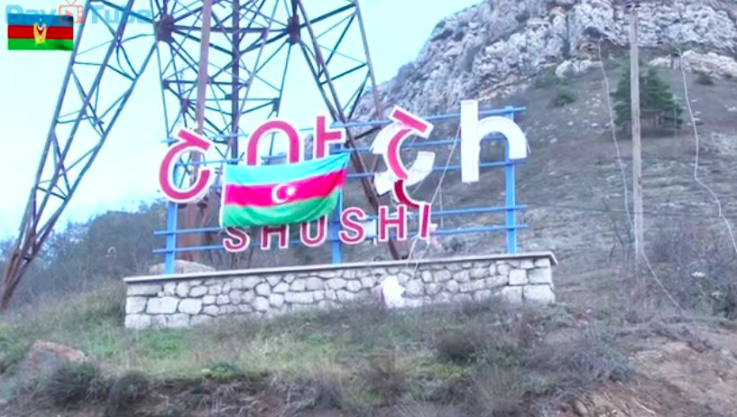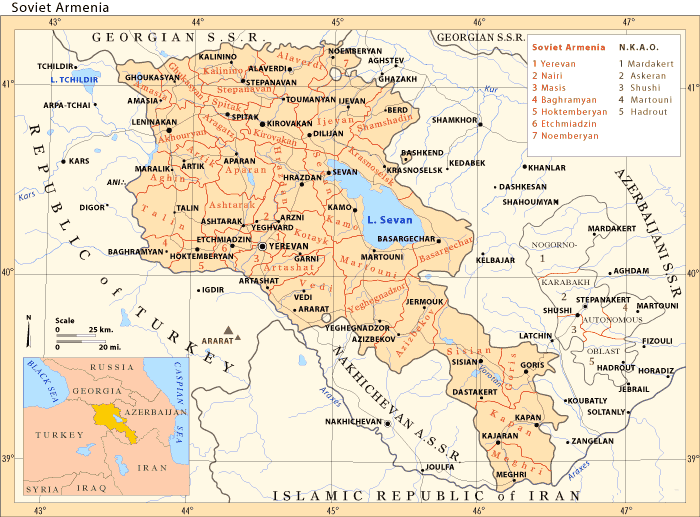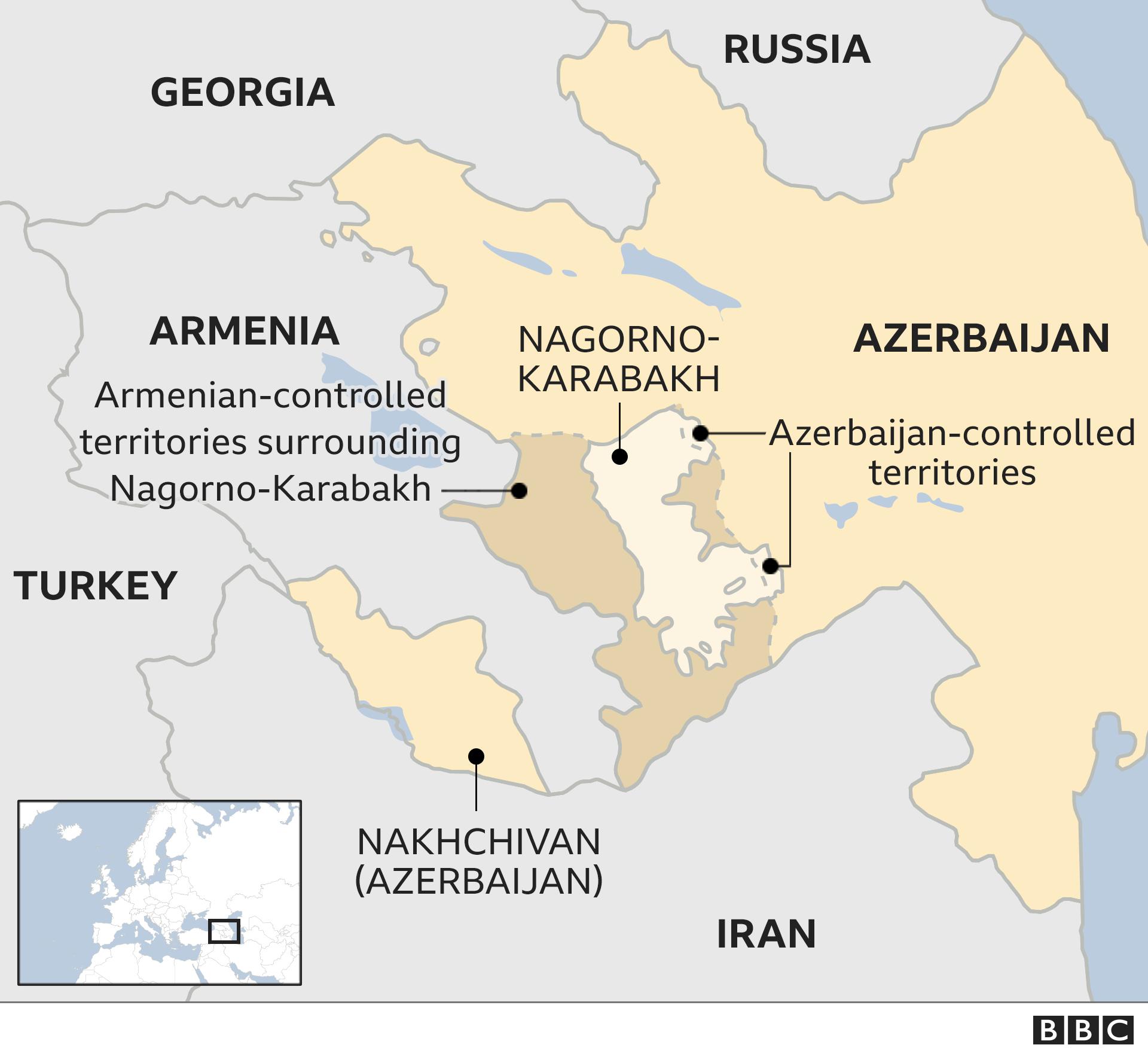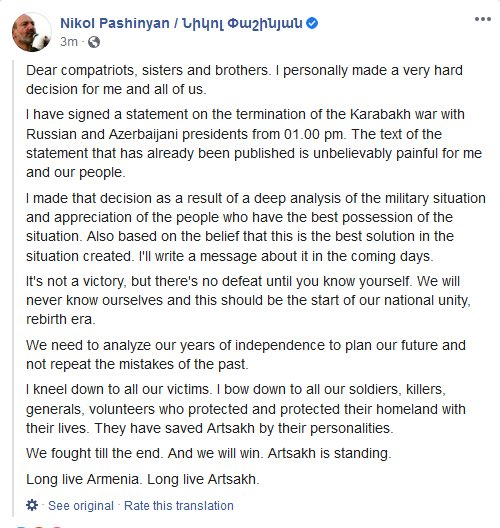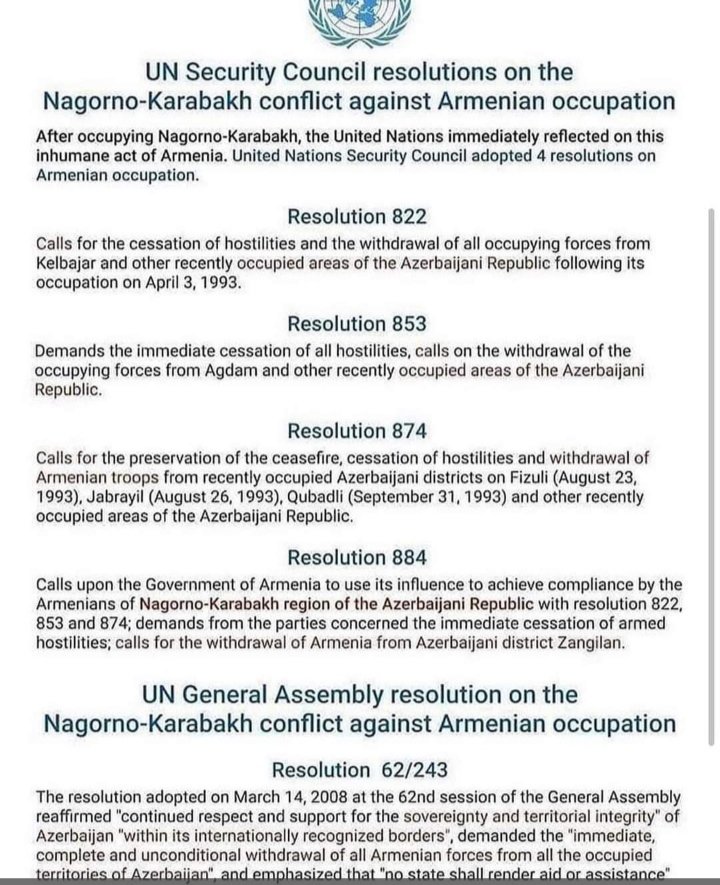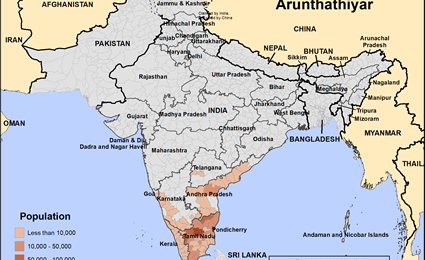Armenia’s Pakistanesque Problem – Bravado Doesn’t Win Wars
Armenia has a huge Pakistanesque problem. The focus of Armenia, just like Pakistan is not perseverance and survival. It is integration of Nagorno-Karabakh into Armenia. What happens to Armenia in the process, who cares? And as like in Pakistan anyone who says let's talk with Azerbaijan and fix Karabakh issue for good will be treated like Zulfiqar Bhutto or Yahya Khan.
